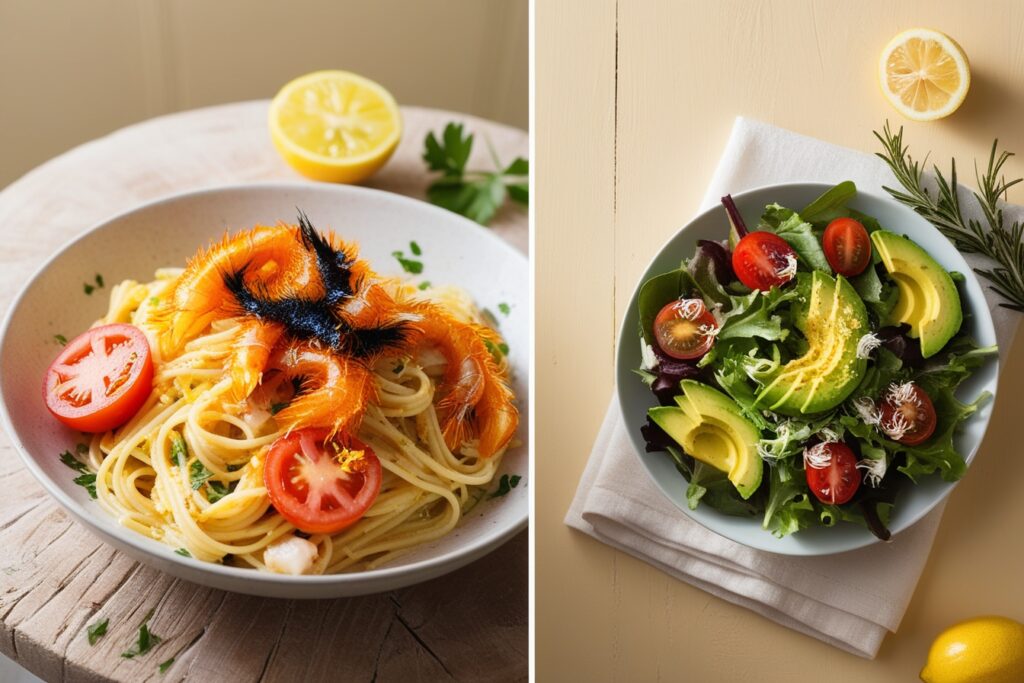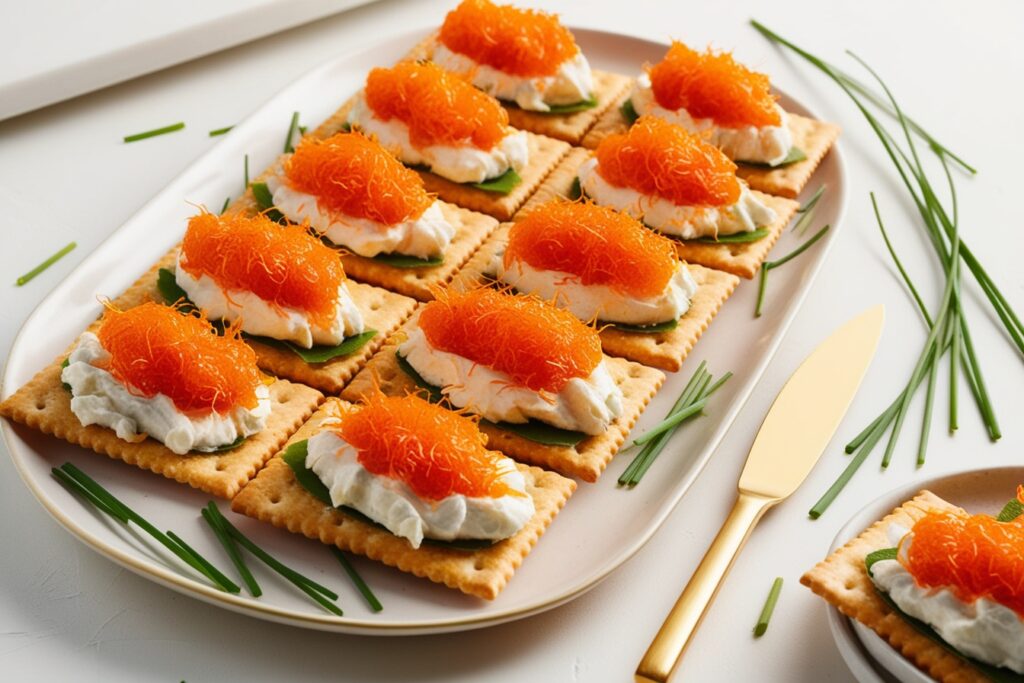Tobiko Recipes: A Deep Dive into the Delicacies of Fish Roe

Tobiko, the vibrant roe of the flying fish, is a culinary gem that has captured the hearts of sushi lovers worldwide. With its unique texture and flavor, it adds an exquisite touch to various dishes, especially sushi. This comprehensive guide will explore everything you need to know about tobiko, including its history, culinary uses, nutritional benefits, and how to incorporate it into your meals. Let’s embark on this flavorful journey together!
What is Tobiko?
Tobiko refers to the roe (eggs) of the flying fish, primarily harvested in the Pacific Ocean. These small, orange beads are not just visually appealing; they also offer a delightful crunch and a mildly sweet, briny flavor. Tobiko is often used in Japanese cuisine, particularly in sushi rolls, where it enhances both the taste and presentation of the dish.
The History of Tobiko
The use of tobiko in culinary traditions dates back centuries in Japan. It was initially enjoyed by fishermen and their families before becoming a staple in sushi restaurants across the globe. As sushi gained international popularity, tobiko emerged as a key ingredient, known for its ability to elevate the dining experience with its unique texture and taste.
Nutritional Profile of Tobiko
Tobiko is not just a delicious addition to your meals; it also packs a nutritional punch. Here are some key benefits:
- High in Protein: Tobiko is an excellent source of protein, making it a great option for those looking to increase their protein intake.
- Rich in Omega-3 Fatty Acids: These healthy fats are essential for heart health and cognitive function.
- Low in Calories: With a low caloric content, tobiko can be a guilt-free addition to your meals.
How is Tobiko Prepared?

Preparing tobiko for culinary use is a delicate process. The roe is typically harvested from the fish, rinsed, and then salted to enhance its flavor. Some producers also add natural colorings to create variations such as wasabi tobiko, smoked tobiko, and sweet soy tobiko. Each type brings a unique flavor profile to dishes, making tobiko a versatile ingredient in the kitchen.
Culinary Uses of Tobiko
1. Sushi Rolls

One of the most popular uses for tobiko is in sushi rolls. It can be sprinkled on top of rolls or incorporated inside for added flavor and crunch. Tobiko pairs well with a variety of fillings, including avocado, cucumber, and various types of fish.
2. Gunkan Maki

Gunkan maki, or “battleship sushi,” is another delicious way to enjoy tobiko. In this style, a small ball of sushi rice is wrapped in a strip of seaweed and topped generously with tobiko. It’s a visual and culinary delight!
3. Sashimi Garnish

Tobiko can also serve as an elegant garnish for sashimi dishes. A sprinkle of tobiko can elevate the presentation and add a pop of flavor to raw fish.
4. Pasta and Salads

For those looking to incorporate tobiko into Western cuisine, consider adding it to pasta dishes or salads. Its briny flavor can enhance seafood pasta or even a simple green salad.
5. Appetizers and Canapés

Tobiko makes a fantastic topping for appetizers. Try it on crackers with cream cheese or mixed into a spread for a sophisticated canapé.
Flavor Variations of Tobiko
Tobiko is celebrated not just for its texture, but also for its ability to take on different flavors. Here are some popular variations:
- Wasabi Tobiko: Infused with wasabi, this variety adds a spicy kick to your dishes.
- Yuzu Tobiko: With a refreshing citrus flavor, yuzu tobiko is perfect for those who enjoy a zestier taste.
- Charcoal Tobiko: This unique variation is colored with activated charcoal, offering a striking appearance and a slightly earthy flavor.
How to Store Tobiko
To maintain the quality and freshness of tobiko, it’s essential to store it properly. Here are some tips:
- Refrigeration: Keep tobiko refrigerated at all times. It should be consumed within a few days of opening for the best flavor and texture.
- Freezing: While it’s possible to freeze tobiko, it may alter the texture slightly. If you choose to freeze it, be sure to seal it in an airtight container to prevent freezer burn.
Pairing Tobiko with Other Ingredients

Tobiko is incredibly versatile and can be paired with a variety of ingredients to create stunning dishes. Here are some pairing ideas:
- Seafood: Combine tobiko with shrimp, crab, or scallops for a seafood extravaganza.
- Vegetables: The briny flavor of tobiko complements fresh vegetables like cucumber, avocado, and radish beautifully.
- Sauces: Experiment with sauces such as ponzu, spicy mayo, or soy sauce to enhance the flavors of your dishes.
The Environmental Impact of Tobiko Harvesting
As with any seafood, it’s essential to consider the environmental impact of tobiko harvesting. Sustainable fishing practices are crucial to maintaining fish populations and protecting marine ecosystems. When purchasing tobiko, look for products certified by organizations promoting sustainable seafood.
Conclusion
Tobiko is more than just a garnish; it’s a flavorful, nutritious ingredient that can elevate a variety of dishes. From sushi to pasta, its versatility and unique taste make it a must-try for any food enthusiast. Whether you’re a seasoned sushi lover or just beginning to explore Japanese cuisine, incorporating tobiko into your meals can enhance your culinary experience. Don’t hesitate to experiment with different flavors and pairings to discover new favorites. For more delicious recipes and culinary inspiration, be sure to explore our blog regularly. Dive into the world of tobiko and let your taste buds embark on an unforgettable journey!

